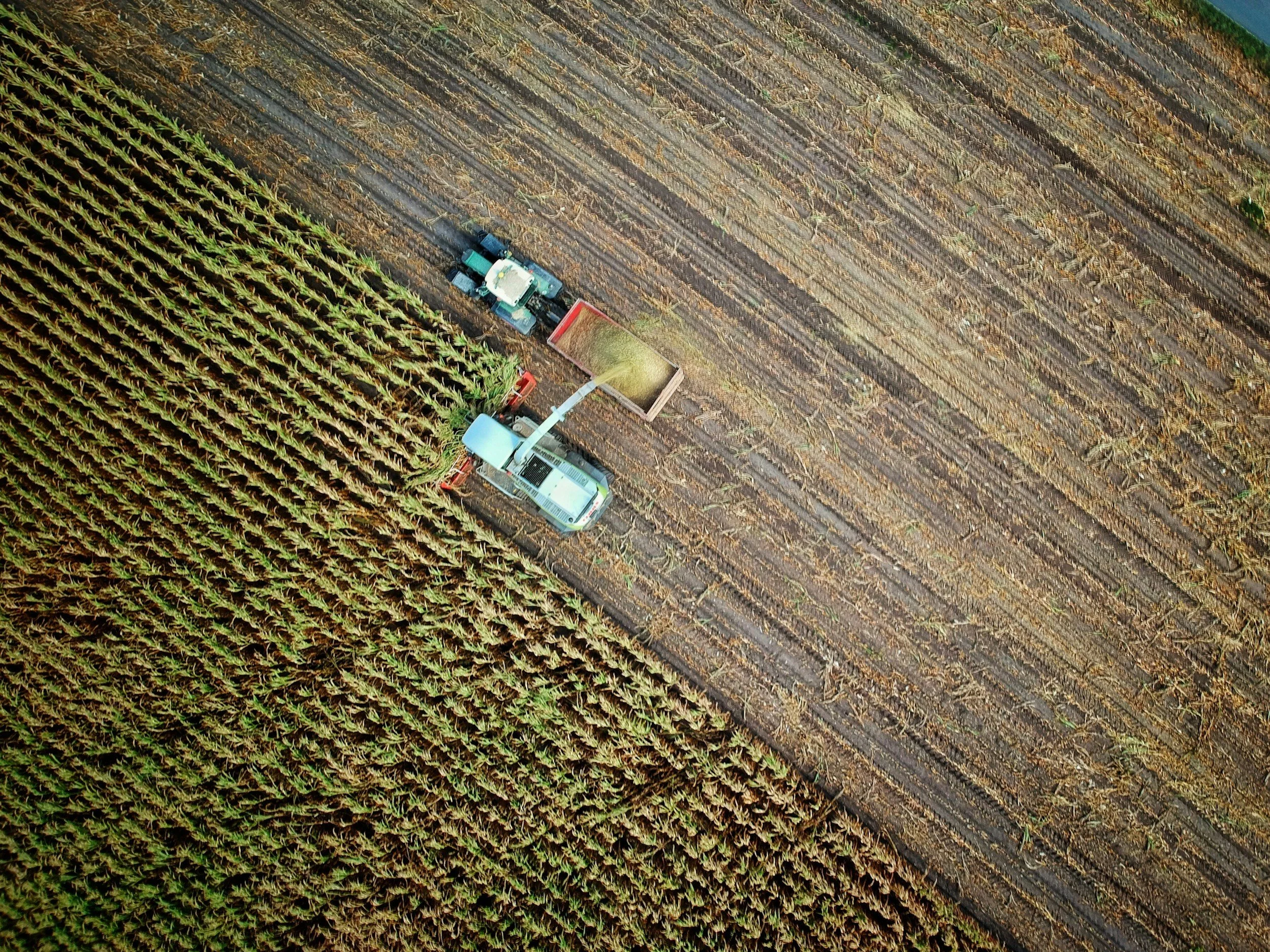10 Ways to Reduce Your Use of Plastic
/According to the Solid Waste Association of North America, U.S. cities saw a 20% average increase in municipal solid waste and recycling collection from March into April 2020. Increased trash can be attributed partly to spring cleaning, but most of it is due to people consuming more disposable goods made of single-use (or limited use) plastic because of COVID-19, including an increase in the use of PPE such as masks and gloves. Although it’s hard to imagine our modern lives without it, plastic has been a major source of waste and a contributor to climate change. There are some promising innovations in plastics recycling and mitigation of plastic waste by government agencies and activist organizations, but ultimately it’s up to individuals to do what they can to help solve the problem of plastic waste.
Read More








































